
Where you can take part in an excavation of Roman Britain
[caption id="DiggingupHistoryatVindolanda_Feature" align="aligncenter" width="1024"]
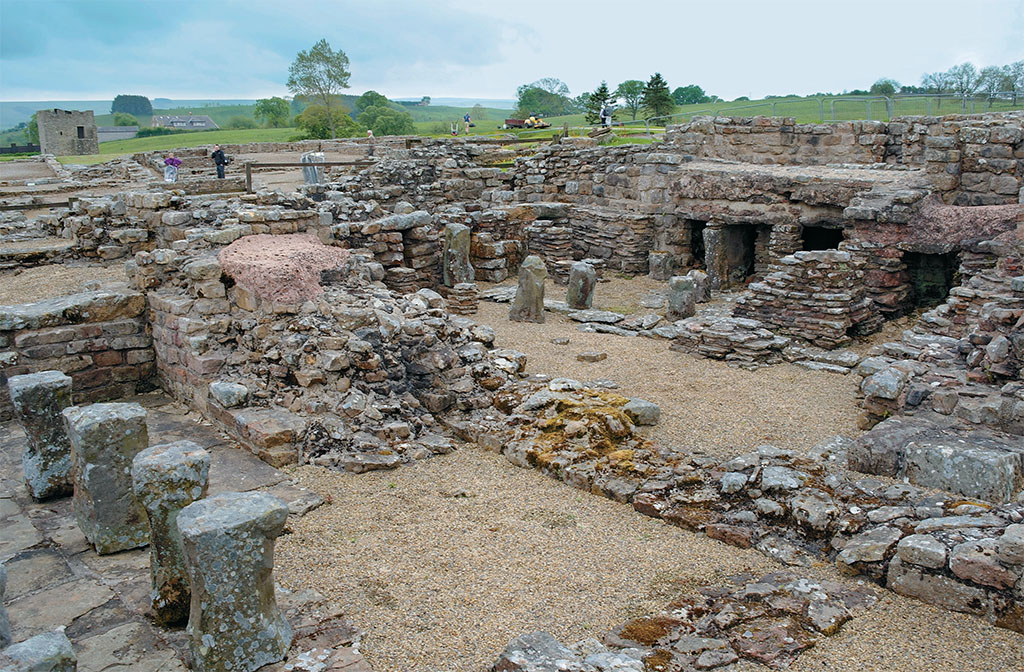
SCOTT REEVES
For or decades, archaeologists have gathered in northern England at one of the world’s most famous working archaeological excavations. The grass has been slowly pulled away to reveal a stunning Roman fort and its surroundings; the artifacts extracted from the ground have not been touched by human hands since the end of Roman Britain. This is Vindolanda: the front line of Roman Britannia turned into the front line of historical research.
Vindolanda sits just 30 miles south of the English-Scottish border in a rural setting. Pass through the visitor entrance and you are confronted with a maze of low stone walls, the tantalizing ruins of a massive military complex that once stood here. Here was where the men of the mighty Roman war machine lived and died, leaving behind objects used in the course of their work, leisure and everyday life.
The first fort was originally constructed in turf and timber around AD 85, a time when Celtic Britain was still in the process of becoming Roman Britannia. Vindolanda was a conquest fort, a base from which the legendary Roman army could range further afield as the sphere of Roman influence crept ever further north. Things changed a little in AD 122. The troublesome tribes in the north were proving too difficult to conquer, so Emperor Hadrian decided to demarcate the frontier of the Roman Empire in stone. Hadrian’s Wall ran only a couple of miles to the north of Vindolanda and the fort was temporarily abandoned, the garrison transferred to the wall itself.
Soon enough it was decided that Vindolanda was too good a location to leave to rot and a new stone fort was built on the same site. Vindolanda then remained in use until the end of the Roman occupation of Britain in AD 410. Successive auxiliary units were posted to Vindolanda and rebuilt the fort in their own way; the remains of at least nine forts have been found.
So, how do we know all this? It is a complicated puzzle, but Vindolanda is one of the best-understood Roman sites in Britain due to the tireless work of one family over the best part of a century.
The fields that now house Vindolanda had long been known for the Roman ruins they held when, in 1929, a nearby house was purchased by archaeologist Eric Birley.
[caption id="DiggingupHistoryatVindolanda_img1" align="aligncenter" width="1024"]
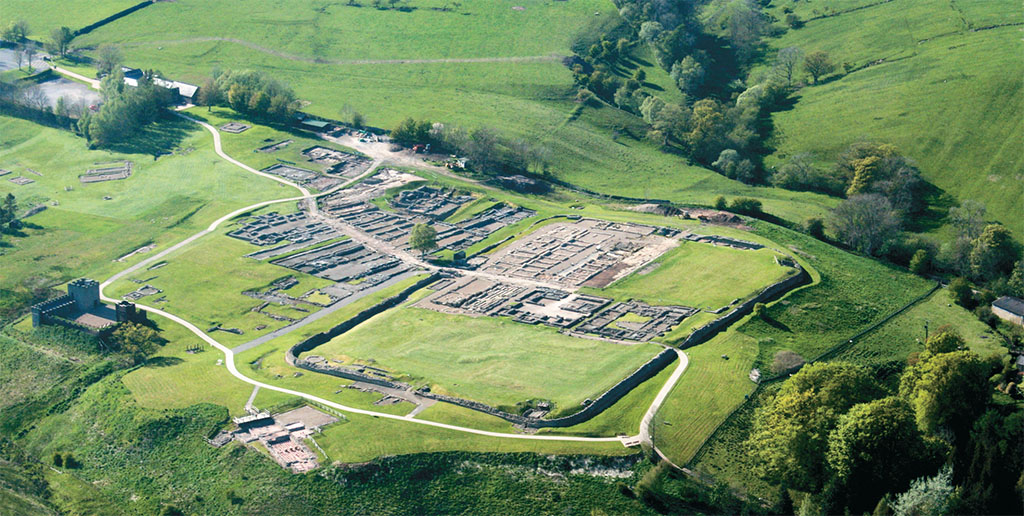
© VINDOLANDA TRUST
He oversaw a number of excavations and began to make sense of Vindolanda, scraping away the layers of history and solving the intricate riddle of the overlying forts, leaving some of the remains in situ to help visitors understand the site. Paths wind alongside the preserved structures and visitors are encouraged to walk through what remains of the Roman buildings, picturing them as they were 2,000 years ago.
Birley’s archaeological genes and responsibility for the Vindolanda excavations were passed on to his sons, Robin and Anthony, and his grandson, Andrew, who is now Director of Excavations for the Vindolanda Trust. Each summer Andrew heads a group of archaeologists who gather for a new season of excavations. The trenches are laid out alongside the existing stone ruins so Vindolanda’s summer visitors have the bonus of being able to watch the excavations take place. The archaeologists are an approachable bunch, happy to answer any questions.
[caption id="DiggingupHistoryatVindolanda_img2" align="aligncenter" width="573"]
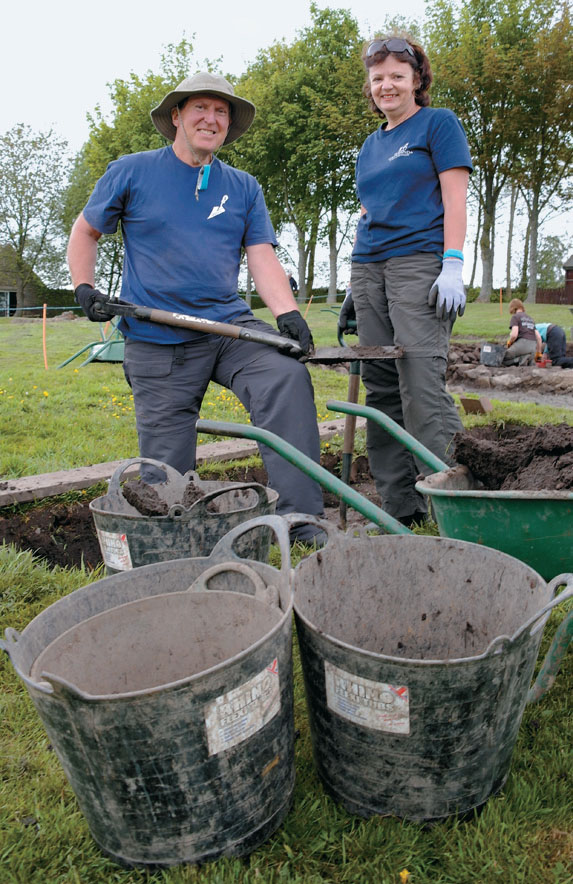
SCOTT REEVES
Visiting Vindolanda
Vindolanda sits between Newcastle and Carlisle, 35 miles from each city, and is conveniently reached by car. Most easily, hire one in Newcastle after taking the train from London (www.eastcoast.co.uk). Take the A69 from either Newcastle or Carlisle and turn off at Bardon Mill. Alternatively, follow the more scenic B6318 from Newcastle. The comprehensive Vindolanda website (www.vindolanda.com) contains information about opening times, admission prices and what there is to see at both Vindolanda and the Roman Army Museum. Time your visit for midweek between April and August and you should be able to view the live archaeological excavations and see history uncovered in front of your own eyes!
“Our main job is to make the information gathered from the excavations available to the public,” Andrew explains in a break between shoveling soil. This is done through the on-site museum, located in the house his grandfather purchased in 1929. Some of the best discoveries have been cleaned, preserved and displayed to the public here. As we slowly stroll around the site, Andrew tells me about some of the sensational finds.
Stone, pottery and metal are usually the only clues left behind, but the waterlogged, anaerobic ground at Vindolanda preserves many objects that would rot quickly if they were buried elsewhere. A fine collection of leather footwear is housed in the nearby museum, but the most impressive finds are undoubtedly the wooden writing tablets.
The Vindolanda tablets would not have survived in normal soil conditions. They are thin, postcard-sized wooden leaf-tablets bearing inscriptions in ink. First found in 1973 by Andrew’s father Robin, the tablets catapulted Vindolanda into a small category of elite Roman archaeological sites.
Some tablets record the military strength of the garrison, but there are also personal messages to and from soldiers, their families and their slaves. The highlights include an invitation to a birthday party, probably the earliest known Latin document written by a woman, or a report about the characteristics of the native Britons that refers to them derisively as “Brittunculi” (wretched little Britons).
“The tablets are a window into the soul of the writer,” Andrew explains. “It’s like reading a Roman soap opera.”
And the show goes on. Tablets continue to be found: One was carefully extracted from the ground only two weeks before my visit. More than 400 tablets have been discovered, but Andrew is still as keen to see this one cleaned and read as his father must have been when the first was found.
“It might provide us with some valuable new information,” Andrew said. “We could find out about a new addressee, a person we’ve not come across before.”
This isn’t Roman treasure hunting, this is the cutting edge of historical research. The Vindolanda excavations have specific objectives.
“We have real research questions,” said Andrew. “This year we are looking for the main source of water, and we’re also interested in the relationship between the fort and the community around it.”
Outside the fort was a civilian settlement called a vicus. The remnants of several rows of buildings and a large bathhouse can still be seen. It had been thought that there was a strict distinction between the soldiers inside forts and the civilians who lived outside them, but the Vindolanda excavations are questioning that.
“There is evidence that some civilians were living in the fort and some soldiers were living outside,” Andrew explains. “The number of military belt buckles we’ve found in the civilian settlement shows that soldiers must have been living there—either that, or they kept taking their trousers off outside the fort for some reason!”
Digging History
Volunteer excavators are asked to sign up online (www.vindolanda.com) at the start of November for the following summer season. Note that places are offered on a first-come, first-served basis and are snapped up extremely quickly, so be poised at your computer on the necessary date! Excavations run from April to August and volunteers can join for a minimum of one week, a maximum of five. It costs £40 a week, volunteers can also pay extra to stay in the on-site Hedley Centre accommodation.
[caption id="DiggingupHistoryatVindolanda_img3" align="alignright" width="220"]
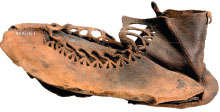
SCOTT REEVES
Other archaeological excavations also accept volunteers, and opportunities are available in all corners of the British Isles. The best directory of all the fieldwork opportunities is held by the Council for British Archaeology (www.britarch.ac.uk/briefing). The CBA also offers a wealth of information for those who are interested in getting involved in Britain’s ample archaeological past.
Watching the excavations take place in front of you is exciting enough, but there are opportunities to pull on your wellies, sharpen your trowel and get in the trench to dig history with your own hands. Every year, hundreds of volunteers are welcomed to Vindolanda to help out with the archaeological excavations.
“There is a real community here,” Andrew is proud to say. “We have 650 volunteers each year, selected on a first-come, first-served basis.”
You would expect that such an important site would be reserved for those with doctorates, but that could not be further from the truth. “No experience is necessary,” Andrew continues. “We teach you everything you need to know.”
Volunteer excavators come from around the world, including from across the Atlantic. A husband and wife excavating team, Georgine Brabec and Tim Adams from Chicago, are regular attendees.
“It’s exciting to walk where the Romans did,” Georgine enthuses, “and it’s not intimidating at all. I had no experience when I first came here.”
“This site is a brilliant one for newcomers to dig,” Tim adds. “There’s almost a guarantee that you’ll find something interesting.”
That’s certainly true for this pair. Two years ago, Georgine found a quern for grinding grain inscribed with “Africanus,” probably the name of a Roman soldier. Africanus has now been adopted by the nearby Roman Army Museum, a sister museum to Vindolanda, and is part of an audio-visual display that educates visitors about life in the Roman army.
“I enjoy coming back the following year and seeing how they build upon the knowledge,” Georgine confides.
“And I’m amazed at the amount of work and effort it takes to take something from deep underground to the museum shelf,” Tim adds.
Both the Vindolanda and Roman Army Museum make the most of the wealth of information that archaeologists provide them. Both have been recently renovated and have well-presented, interesting galleries. The Vindolanda Museum holds many objects that were lifted from the ground just meters away, while the Roman Army Museum looks at the wider picture of life in the army with some terrifically informative audio-visual displays.
[caption id="DiggingupHistoryatVindolanda_img4" align="aligncenter" width="603"]
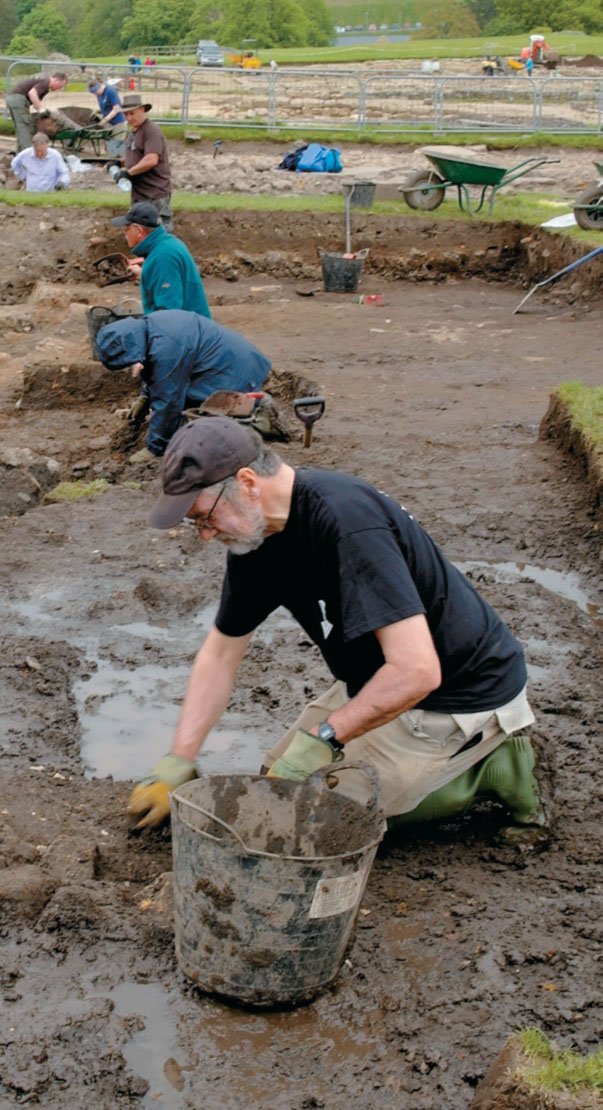
SCOTT REEVES
Whether you come to Vindolanda to get your hands dirty in a trench or stay clean and watch the archaeologists at work, this is a site that gets you up close and personal with the Romans who lived here nearly 2,000 years ago; visitors can walk where they walked, touch what they touched. As Andrew Birley puts it, “When you come here, there is a feeling of continuity linking you directly to the Roman Empire and the Roman world.”.





Comments